The construction industry is undergoing a revolution. Home builders across the globe are shifting from traditional construction methods to new, more efficient, and sustainable ones. Among the most promising new techniques is modular construction. It is a method of construction that involves assembling prefabricated modules off-site and then transporting them to the construction site for final assembly. This innovative way of building structures has gained significant momentum, offering numerous benefits over traditional construction approaches. At Afrikta, we have decided to explore the rise of modular construction and why it has become a popular choice for home builders and developers worldwide.
1. Rise of modular construction & its applications
As the demand for cost-effective, sustainable, and efficient construction solutions grows, modular construction has emerged as a game-changer in the industry. It has become increasingly popular in various building projects across many industries. Here are some applications of modular construction.
1.1. Residential modular homes
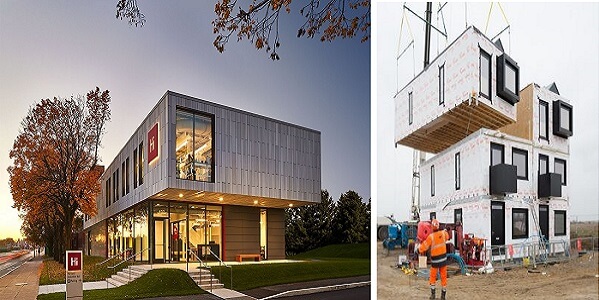
Residential modular home
Modular units are widely used in the residential sector, including single-family homes, multi-family housing, and apartment complexes. The off-site fabrication of modules allows for faster construction and efficient utilization of resources.
1.2. Commercial modular buildings
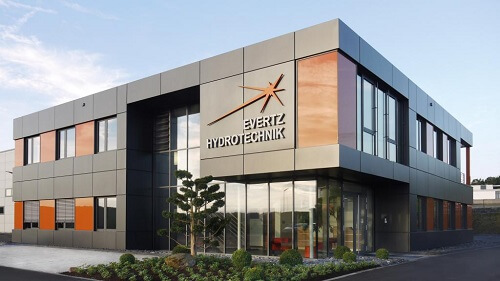
Modular office
Modular construction has been used for commercial buildings such as offices, retail spaces, schools, hotels, and restaurants. Its flexibility enables customization to meet specific design requirements and allows for quick occupancy. It also provides the flexibility to accommodate changing student populations, allowing a faster construction during summer breaks, and offers energy-efficient solutions for educational spaces.
Read Also:
Pros and Cons of Solar Energy For Homes
With the increasing threat of global warming due to the excessive release of carbon dioxide, many countries worldwide are switching to solar energy as a... Continue Reading →

5 Best Construction Companies in South Africa
Needless to say that the construction industry plays a vital role in the South African economy. It currently employs about 2 million people and is... Continue Reading →

1.3. Industrial and Manufacturing Facilities
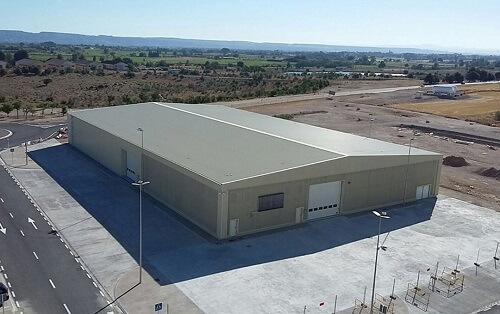
Industrial and Manufacturing Facilities-Warehouse
These modulars are utilized for warehouses, distribution centers, factories, and production units. The speed of modular construction supports rapid expansion or adaptation to changing operational needs.
1.4. Government and Institutional Buildings
This new construction method is more and more used for government buildings, military structures, community centers, and public amenities. The flexibility and cost-effectiveness of modular construction make it an attractive option for government projects with limited budgets and time constraints.
1.5. Disaster Relief and Temporary Structures
Modular construction plays a vital role in emergencies, providing quick and efficient temporary housing, shelters, and facilities for disaster-affected areas. Its units can be rapidly deployed and assembled to support relief efforts.
1.6. Infrastructure Projects
Today, modular systems have become popular in infrastructure projects, such as bridges, walkways, and utility structures. The components allow for efficient construction and easy assembly, reducing disruption to transportation networks and minimizing construction time.
1.7. Remote and Off-grid Construction
Modular construction is well-suited for remote and off-grid locations where traditional construction methods may be challenging or costly. The ability to relocate prefabricated modules to remote areas enables the construction of infrastructure, housing, and facilities in challenging environments.
Example: Modular hospital built in London
Many organizations use modular units for building healthcare facilities, like clinics, hospitals, and medical centers. The controlled environment of modular construction ensures compliance with strict healthcare regulations and the ability to incorporate specialized medical equipment and infrastructure.
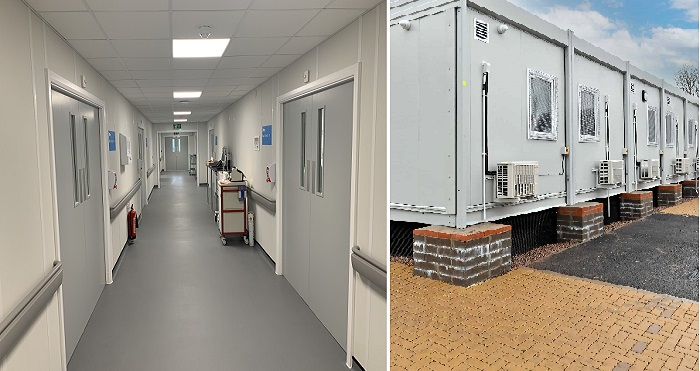
Modular hospital built in London.
One of the most well-known examples is the modular hospital built in London in a very short time-12 weeks. This healthcare was in response to the COVID-19 pandemic. Plus, it was able to provide much-needed medical care to patients during a time of crisis. The modular hospital in London is just one example of the many benefits this innovative method of construction can offer.
2. Advantages of Modular Construction
2.1. Speed and Efficiency
One of the key advantages of modular construction is its remarkable speed and efficiency. Since the modules are fabricated off-site concurrently with site preparation, it dramatically reduces the construction timelines. Unlike traditional construction, which is vulnerable to weather disruptions, labor shortages, and other external factors that can cause significant delays, modular construction is less susceptible to such setbacks. As a result, projects utilizing modules may complete up to 50% faster, enabling developers to save time and money. It ensures timely project delivery, providing a competitive edge in the industry.
2.2. Cost-Effectiveness
Modular construction also offers cost savings throughout the construction process. By manufacturing modules in a controlled environment, builders can purchase materials in bulk, reducing overall costs. Additionally, the reduced construction time translates into lower labor costs and decreased financing expenses. Moreover, precise planning and assembly line production in modular construction minimize wastage, resulting in optimal material usage and cost-efficiency.
2.3. Quality and Consistency
Modular construction is known for its exceptional quality control. The standardized production process in controlled factory environments ensures that every module follows precise design specifications, building codes, and high-quality standards. The attention to detail guarantees that modular buildings are structurally sound, energy-efficient and durable.
2.4. Sustainability and Green Building
This innovative construction technique aligns well with the increasing focus on sustainability and green building practices. The controlled factory environment minimizes waste generation, as excess materials can be reused or recycled. Furthermore, the streamlined construction process reduces site disturbance, limits energy consumption, and decreases the carbon footprint associated with transportation and on-site activities. The modular approach also allows for the integration of energy-efficient technologies, such as solar panels and high-performance insulation, further enhancing the sustainability of the constructed buildings.
2.5. Versatility and Adaptability
Modular construction is highly adaptable, offering flexibility in functionality. The units can be easily reconfigured or relocated to meet changing needs or accommodate future expansions. This versatility makes modular construction ideal for diverse projects, including educational institutions, healthcare facilities, and commercial buildings.
Read Also:
How to Build a House in Africa
Building a house in Africa can be an exciting and fulfilling endeavor. Whether planning to construct a home for yourself, investing in real estate, or... Continue Reading →
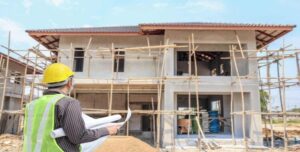
3. Challenges of modular construction
While modular construction offers numerous benefits, it is paramount to acknowledge and address some of the challenges associated with this construction method. Here are a few key challenges:
3.1. Design Limitations
Modular construction often requires adherence to standardized modules, which may limit the design flexibility compared to traditional construction. Designers must work within the constraints of module sizes and configurations, which may pose challenges for unique or complex architectural designs.
3.2. Transportation and Logistics
Transporting modular units from the factory to the construction site requires careful planning and coordination. Challenges can arise due to transportation restrictions, traffic congestion, or long distances, which may increase costs and potential delays.
3.3. Site Access and Preparation
Adequate site access and preparation are crucial for modular construction. Sites with limited space, harsh terrain, or existing structures can pose challenges during the delivery and installation of modular units. Proper site evaluation and preparation are essential to ensure smooth assembly and integration of the modules.
3.4. Skilled Labor and Training
Modular construction relies on a skilled workforce trained in the specific techniques and processes associated with this construction method. The availability of skilled labor can be challenging, especially in regions where modular construction is less common. Ongoing training and education programs are necessary to maintain a skilled workforce.
3.5. Perception and Industry Acceptance
This new concept of construction is still relatively new compared to traditional construction methods. Some parties, such as clients, financiers, and regulatory bodies, may have reservations or lack familiarity with modular construction. Overcoming these perception challenges and gaining wider industry acceptance can be an ongoing procedure.
Conclusion
Modular construction offers several advantages over traditional methods, including reduced construction time, improved quality, and lower environmental impact. It’s important to note that while some challenges exist, many can be well-addressed through proper planning, collaboration, and experience. As the modular construction industry continues to evolve, advancements in technology and practices might mitigate some of these challenges, making it an even more viable and mainstream construction method.
Discover more on AFRIKTA:
Groupe Ecosab
The Groupe Ecosab was created in 2006. Its headquarters are in Lomé in Togo. It operates mainly in the construction of: roads, engineering structures, dams,... See Full Profile →

Famio Services
Famio Services Limited is a Kenyan company based in Nairobi. We provide logistics, heavy lifting solutions, transportations, and support services to various industries. Famio also... See Full Profile →

Gama Construction
Gama Construction is a premier general contractor specializing in complete construction projects for a wide range of high-profile clientele. We provide engineering and construction services... See Full Profile →

Keller Algeria
Keller Holding GmbH is one of the leading engineering company in the world. The organization provides highly advanced techniques and cost-effective foundation solutions for the... See Full Profile →


